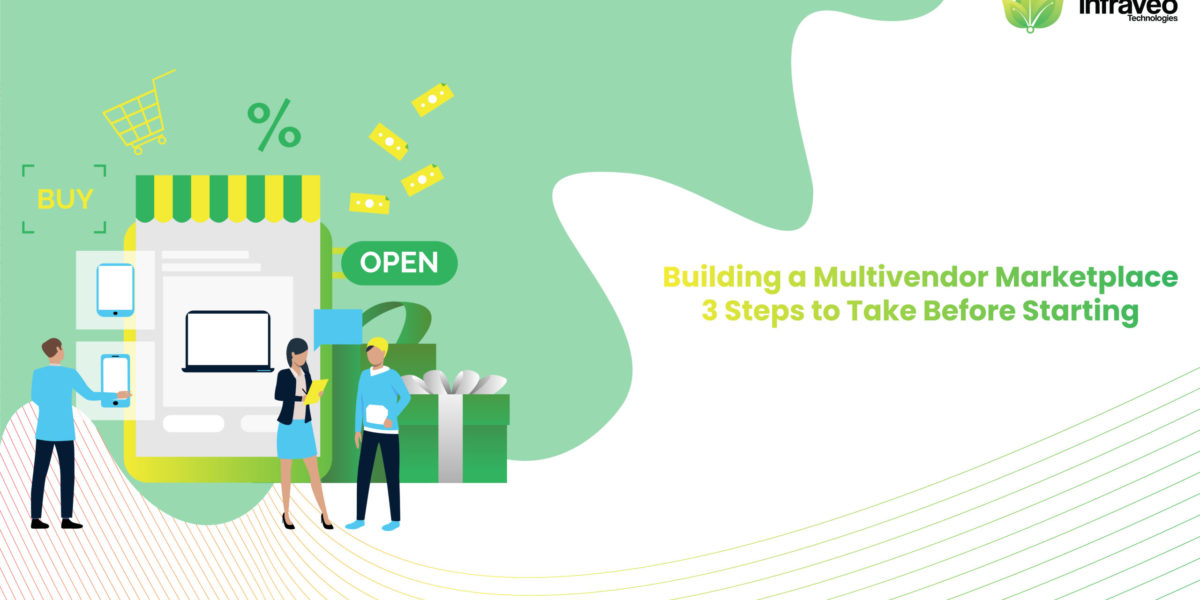Introduction
Security is a tricky game to get right, especially when you’re dealing with the cloud. With cloud resources, data and systems are spread out over multiple servers, which increases the number of points that need to be secured. Automation is here to help you resolve your queries!
But automated security tools like Firewalls help ensure that you meet essential standards and make sure your information is secure. Automation helps in securing the cloud by exposing the actions, events, and tasks on other platforms. It also monitors and detects suspicious activities or incidents instantaneously alerts to prevent security threats. If you’re wondering how automation can improve your cloud security procedures, read on!
Automation changes the configuration of your cloud services
Automation is a key part of running a cloud service. It’s what keeps your Firewall up to date, and it ensures that you have the most secure environment possible.
It changes your cloud services, such as Firewalls, all the time. Let’s not worry about keeping track of when to change your firewall rules—it’ll be done for you!
Automation reduces human error and improves consistency
Automation is a very important tool in the development of any software. The way to automate a process is to use a set of rules that can be applied repeatedly to achieve the desired outcome. It reduces human error and improves consistency, which is why it’s so important to have automated processes in place.
Automation reduces the chance of mistakes
If you’re worried about mistakes, automation is your friend. For example, Automation can help you reduce the chance of mistakes by making sure that your processes are always followed, and that they’re always executed in the same way. Because the process is always followed in the same way, there’s no room for human error or forgetting steps.
Automation makes it harder for hackers to gain access to your organizational data
Automation can help you avoid common mistakes and make your security policies more consistent. Automating these actions helps you add new features, meet compliance standards, and avoid human error.
Let’s consider the example of patching. It’s a critical part of maintaining your system at peak performance and protecting it against hackers. But, it can also be time-consuming—especially if you have multiple servers or applications to manage. Without automation, every time there’s a new vulnerability found in software you use (such as Apache HTTP Server or OpenSSH). So, you have to manually download the patch from your vendor website, unzip the file onto each server instance in need of updating—and then restart each one after applying the patch!
Automation allows you to continually add new features, not just fix bugs
You can use automation to add a new feature with minimal or even no manual intervention. This means that all changes are done in the same way and according to set procedures. Which in turn, helps to ensure compliance with organizational security standards and compliance standards.
Automation can help you meet security standards
You’re responsible for protecting your organization from cyber threats, but meeting compliance requirements can make your job harder. With automation, you don’t have to rely solely on manual processes and staff to keep up with the latest cyber threats—you can automate many tasks that would otherwise require a lot of time and effort. Automating these processes also helps ensure compliance with security standards like ISO 27002 and NIST 800-53.
Benefits of Automating your cloud security settings
First, it reduces human error and allows you to continuously add new features, not just fix bugs. It also helps you meet compliance standards by providing consistent evaluations of all security risks. This allows companies to make informed decisions about which applications are most critical for business continuity and which can be temporarily suspended without impacting revenue streams or customer satisfaction levels.
Conclusion
Automation is becoming a much larger part of cloud computing as more enterprises use it for their IT infrastructure. It takes the stress out of managing security processes, allowing businesses to focus on building their core competencies and growing their business. With automation, you stay confident that your systems are being monitored 24/7 so you can focus on other important tasks.
Cloud security is a topic that is on a lot of people’s minds these days. We hope this blog post provided some helpful ways for your business to get started in securing the cloud with automation.




